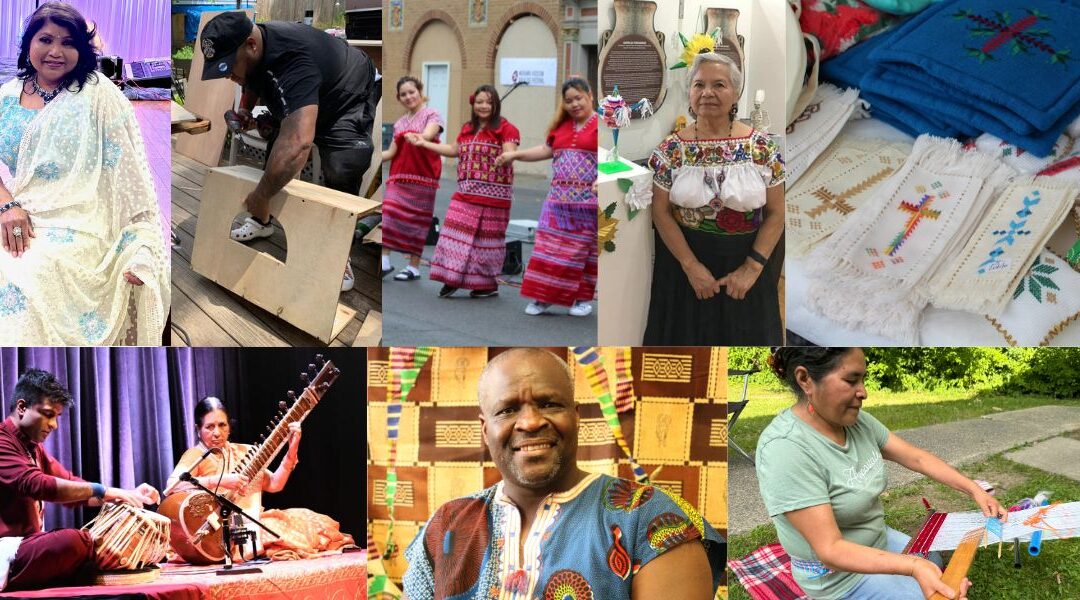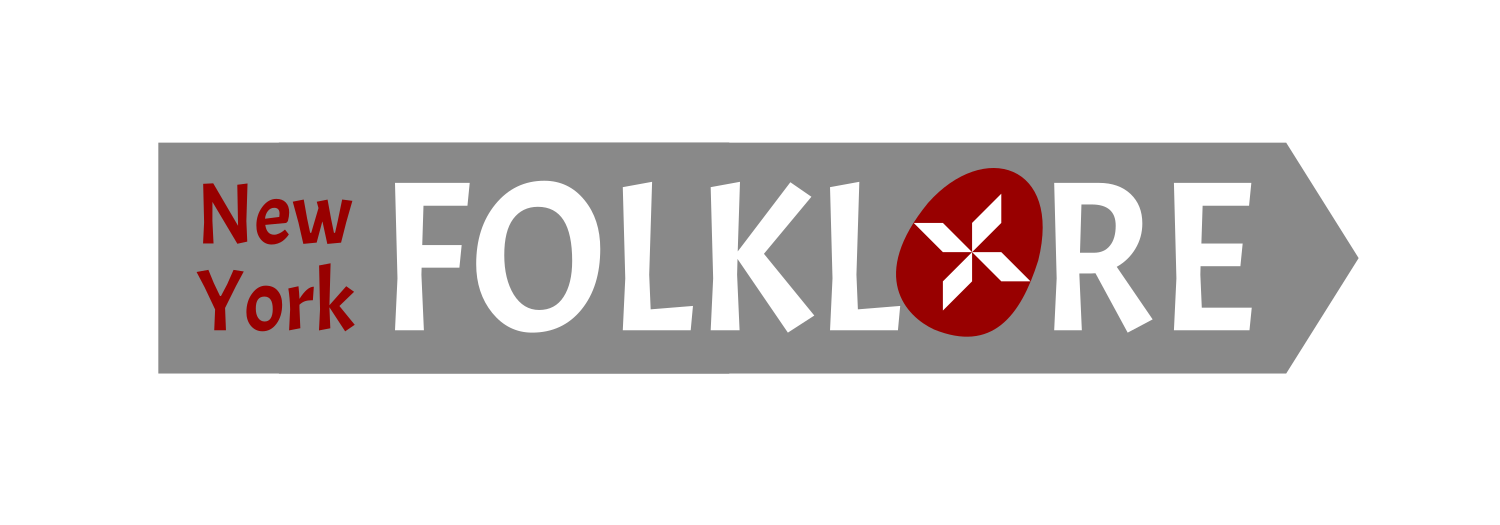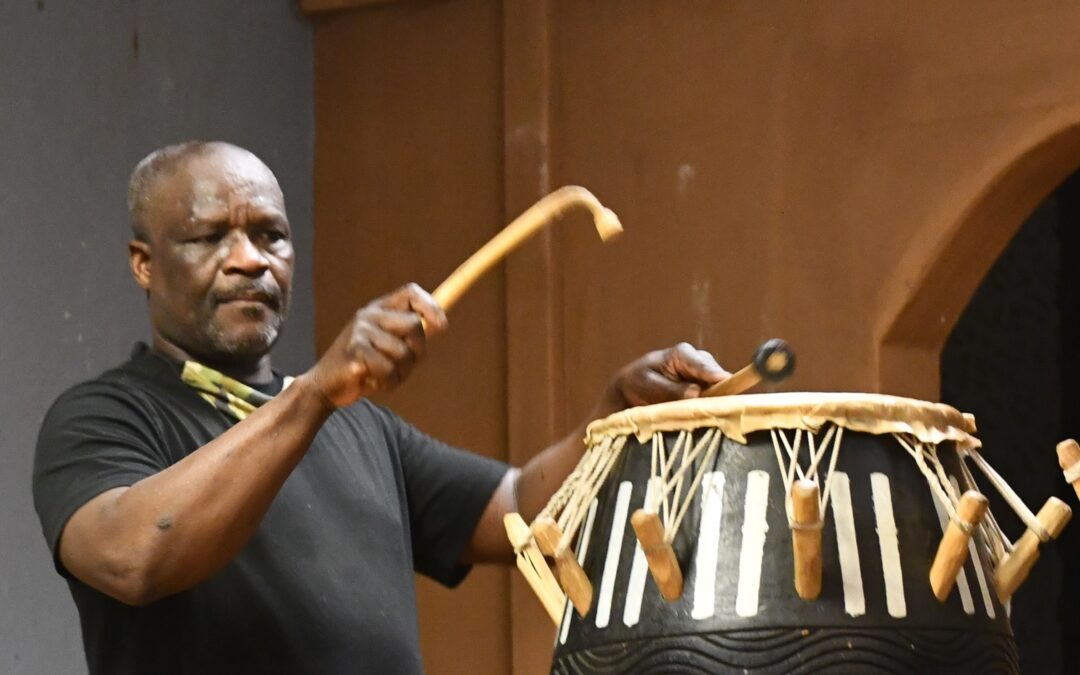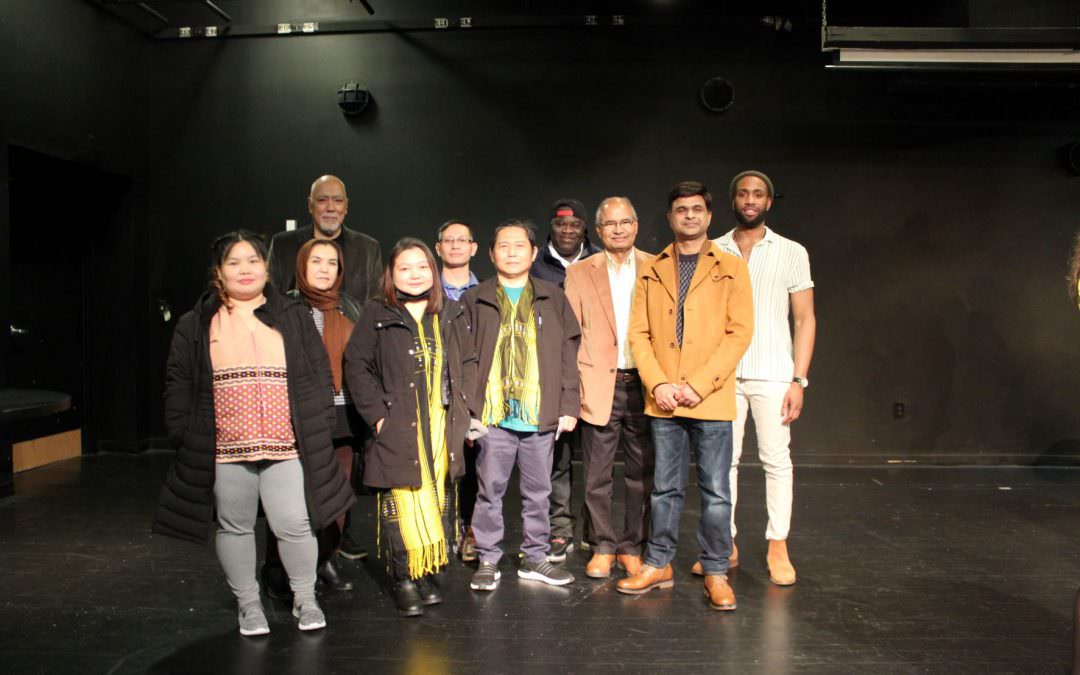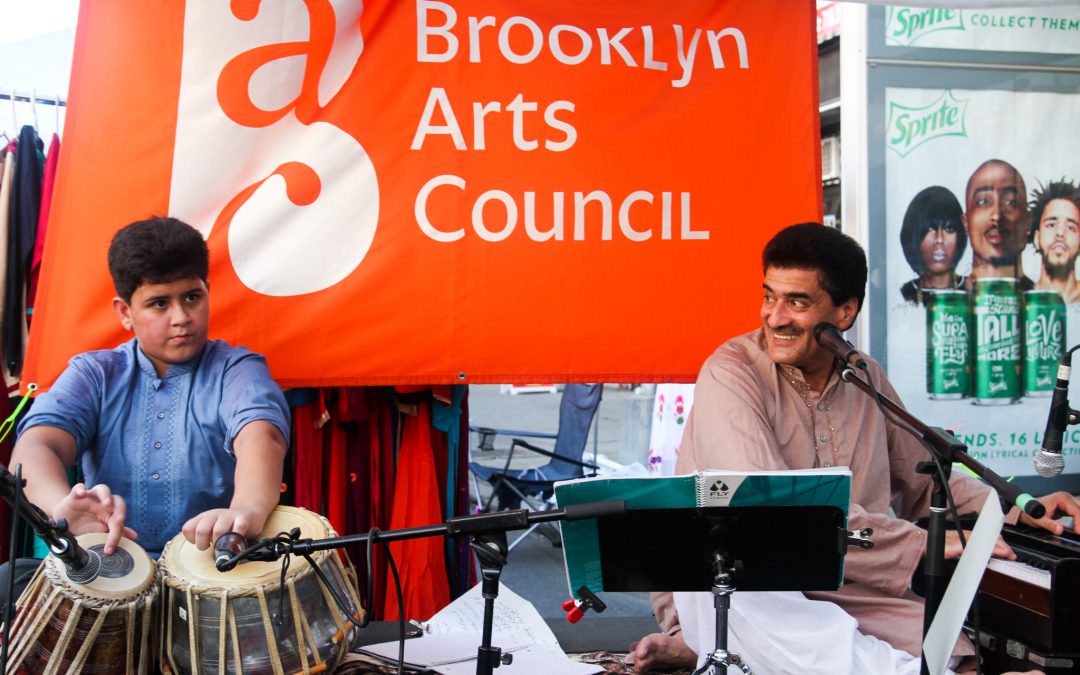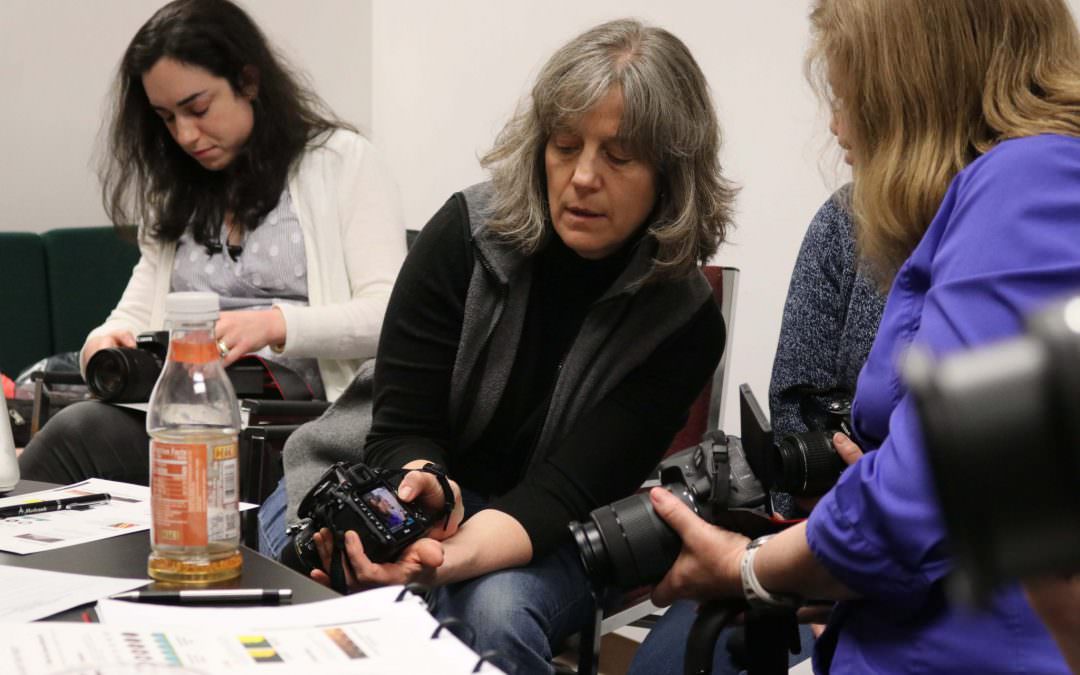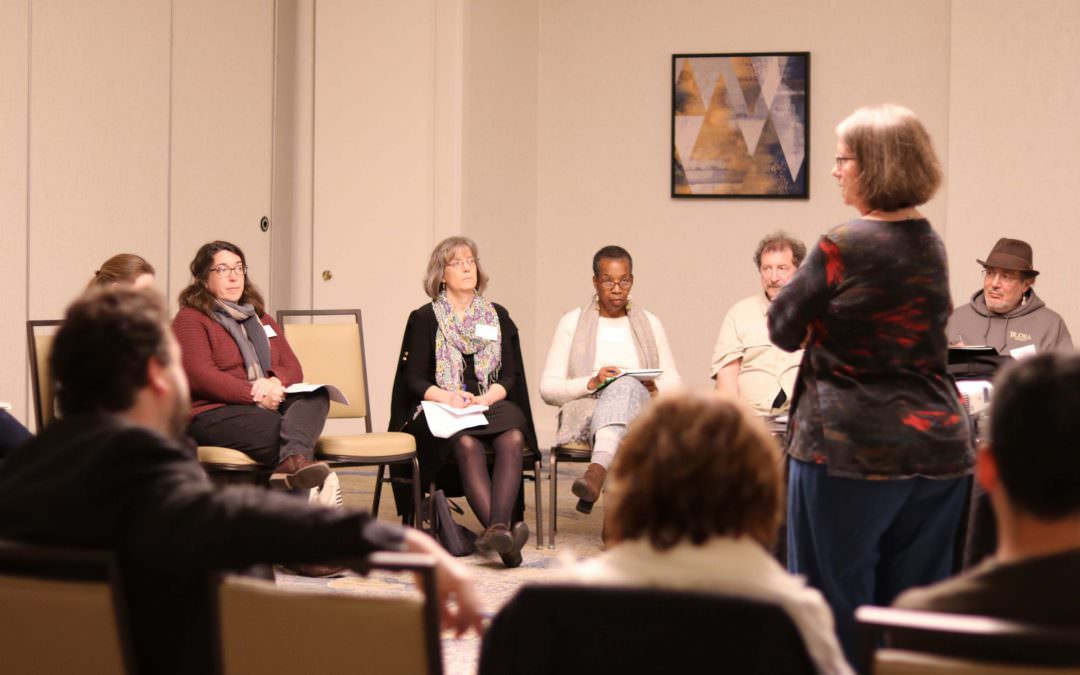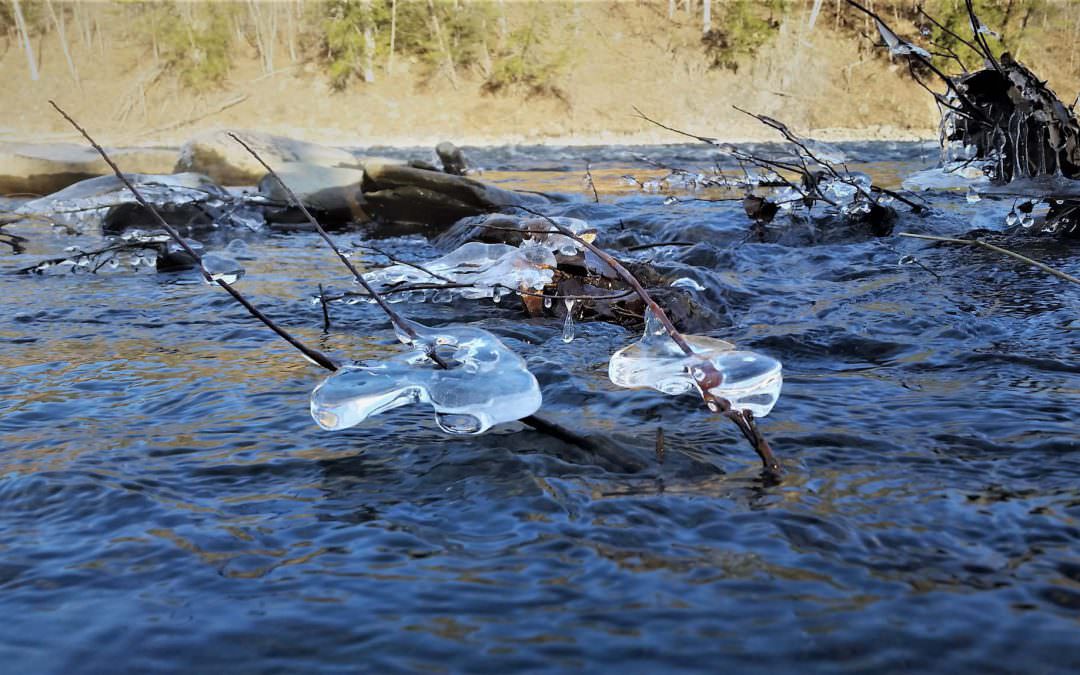Artists and organizations in New York State will receive a combined total of over $500,000 in grants thanks to direct assistance from New York Folklore. These funds that directly support artists, specific cultural traditions, and organizations come from twenty-five...
